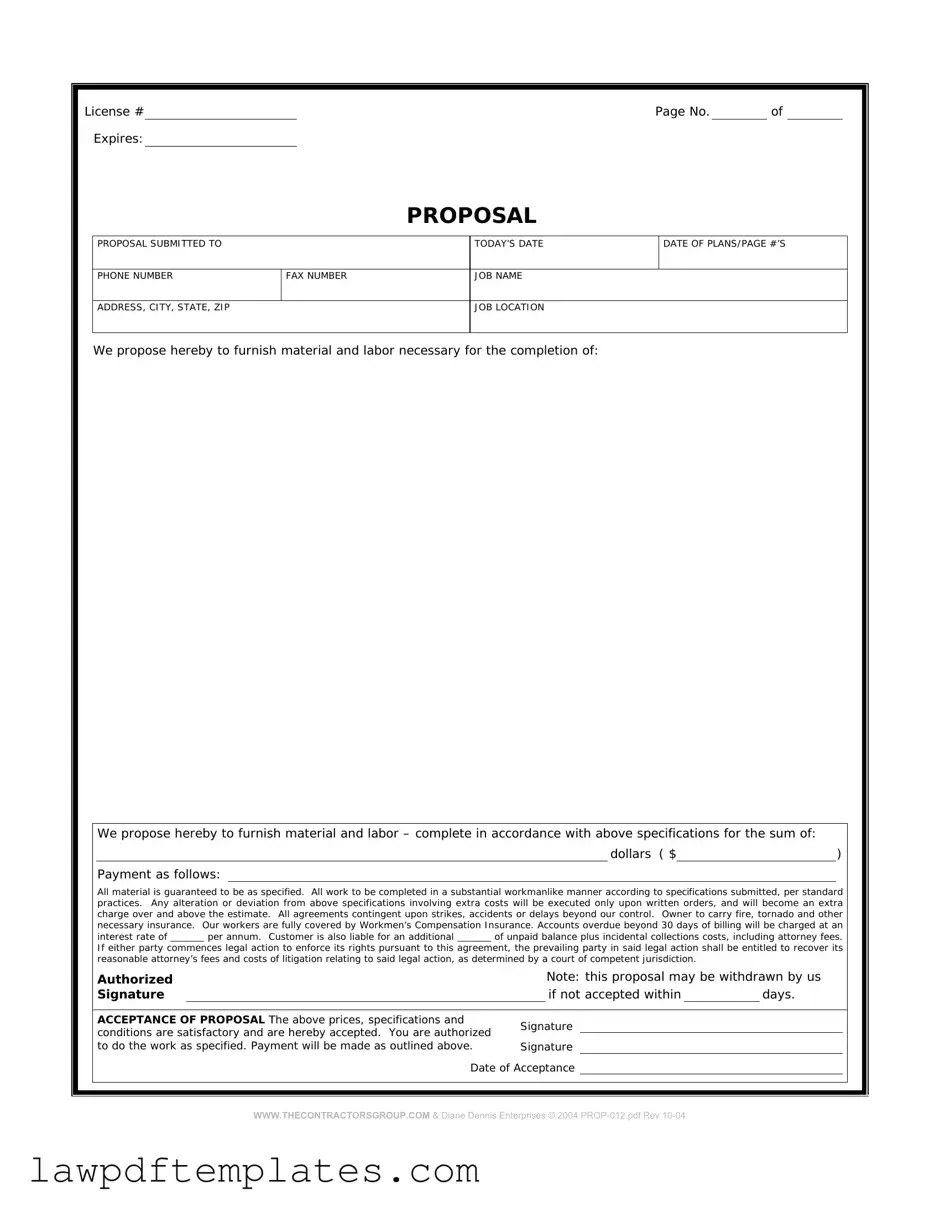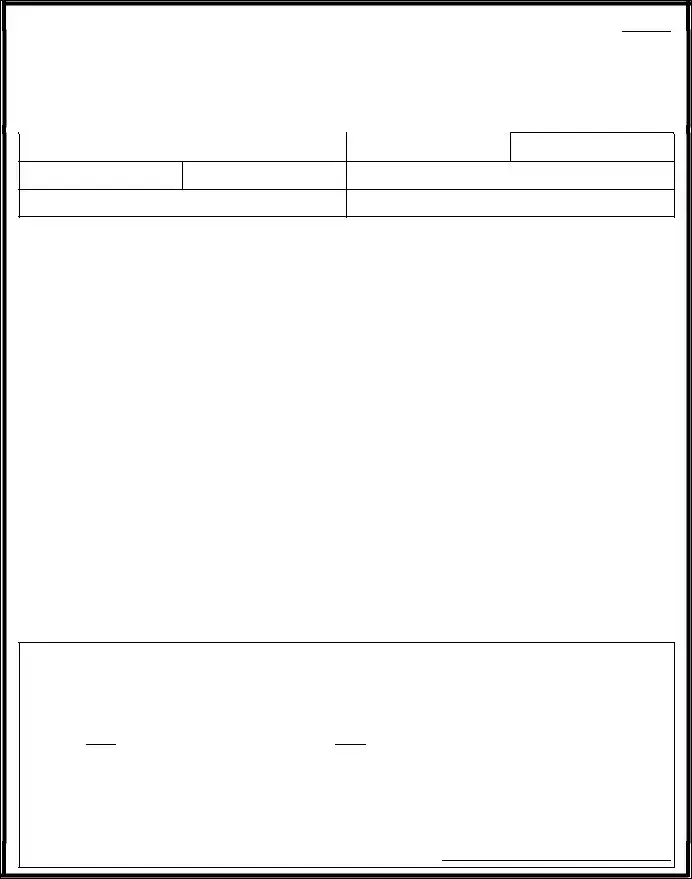Filling out a construction proposal form can be a straightforward process, but many individuals make common mistakes that can lead to delays or misunderstandings. One frequent error is incomplete information. Omitting critical details, such as project scope or timelines, can create confusion for both parties. Ensure that every section of the form is filled out thoroughly to avoid any issues down the line.
Another mistake is not providing accurate contact information. If the contact details are incorrect, it can lead to missed communications and project setbacks. Always double-check phone numbers and email addresses before submitting the proposal.
Many people also fail to include a detailed breakdown of costs. This can result in unexpected expenses for the client and can jeopardize trust. Providing a clear and itemized list of materials and labor costs helps establish transparency and builds credibility.
Additionally, some individuals neglect to review the proposal for errors. Typos or unclear language can lead to misinterpretations. A careful review ensures that the proposal is professional and easy to understand.
Another common oversight is not adhering to submission deadlines. Late proposals can be disqualified, so it is crucial to submit the form on time. Keeping track of deadlines is essential for staying competitive in the bidding process.
Some applicants also forget to include necessary attachments, such as permits or licenses. These documents are often required to validate the proposal. Always check the submission guidelines to ensure that all required documents are included.
Inadequate signatures can also be a problem. A proposal without the proper signatures may not be considered valid. Ensure that all necessary parties have signed the document before submission.
People often underestimate the importance of following up after submission. A lack of communication can leave applicants in the dark about the status of their proposal. A polite follow-up can demonstrate professionalism and reinforce interest in the project.
Finally, failing to tailor the proposal to the specific project can weaken its effectiveness. Each project is unique, and a customized proposal shows attention to detail and a genuine interest in meeting the client’s needs. Take the time to personalize your submission for the best chance of success.

